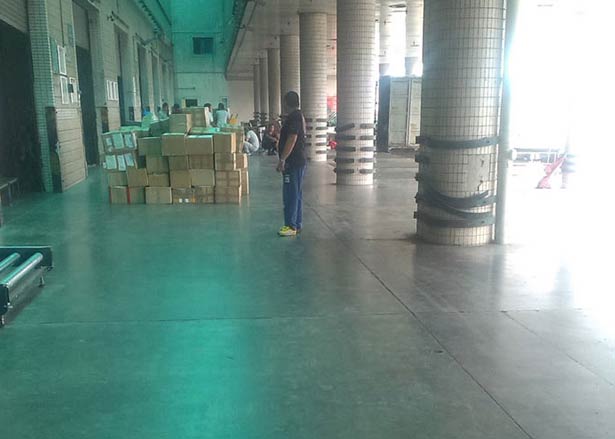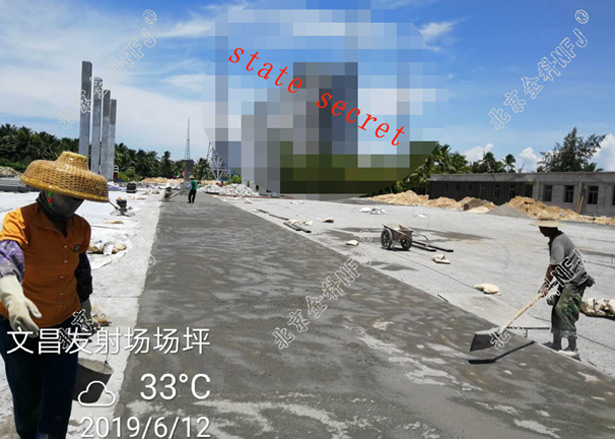## Understanding Stainless Steel Foam for Heat Exchangers
Stainless steel foam is an innovative material increasingly recognized for its application in heat exchangers. Its unique structure, characterized by an interconnected network of pores and a high surface area, enhances thermal conductivity and fluid flow, ultimately improving heat transfer efficiency. This article delves into how stainless steel foam functions, highlighting its key components and mechanisms.
At the core of stainless steel foam’s performance are its open-cell and closed-cell structures. Open-cell foam, in particular, features numerous pores that facilitate the movement of fluids, making it ideal for applications where high airflow and heat exchange are crucial. The foam is typically produced via a process that involves the mixing of stainless steel powders with a slumping agent, followed by sintering. This advanced technology allows for precision in pore size and distribution, thereby optimizing the material's thermal and mechanical properties.
Once fabricated, stainless steel foam is integrated into heat exchangers where it functions in several ways. The high surface area of the foam allows for more effective heat transfer between the fluids, which can significantly reduce the size of heat exchanger units. This compact design is especially beneficial in applications where space is limited, such as in automotive and aerospace sectors. Moreover, the lightweight nature of stainless steel foam contributes to lower transportation costs and enhanced fuel efficiency.
Another noteworthy feature of stainless steel foam is its resistance to corrosion and high-temperature stability, making it suitable for use in harsh environments like chemical processing plants or power generation facilities. For example, utilizing stainless steel foam in a heat exchanger in a power plant can increase efficiency by 20-30% compared to traditional designs, which translates to substantial energy savings and reduced operational costs.
In conclusion, stainless steel foam represents a breakthrough in materials technology with significant implications for the manufacturing and engineering sectors. Its ability to enhance heat exchanger efficiency through improved thermal conductivity and fluid dynamics makes it an invaluable resource. As industries continue to prioritize energy efficiency and compact designs, the demand for effective suppliers of stainless steel foam will undoubtedly rise. For more information about stainless steel foam and its applications, or if you're looking to connect with experienced suppliers, feel free to contact us.
Show More >>
PRODUCTS
You are welcome to contact us at any time, please write the message here and we will reply you in 24 houre. thanks foryour support.
NEWS
May.22, 2019



